With the snow melting across the front range at last, it’s finally backpacking season. Camping is fun, but backpacking gets you deeper into the mountains and allows you to get back to basics. For those of you who haven’t tried it, backpacking isn’t as intimidating as it may sound. Using the proper precautions, you may soon find that it’s one of your favorite summer hobbies. And for experienced backpackers, hiking and sleeping under the stars for the weekend may be just what you need to hit the reset button.
Luckily for us Coloradans, there’s plenty of backpacking loops and trails you can do in a weekend that range in miles and difficulty for every type of hiker and any mood you’re in. Whether you go solo or in a group, you’ll be able to find the solace you’re craving in just 48 hours.
Safety and Preparation
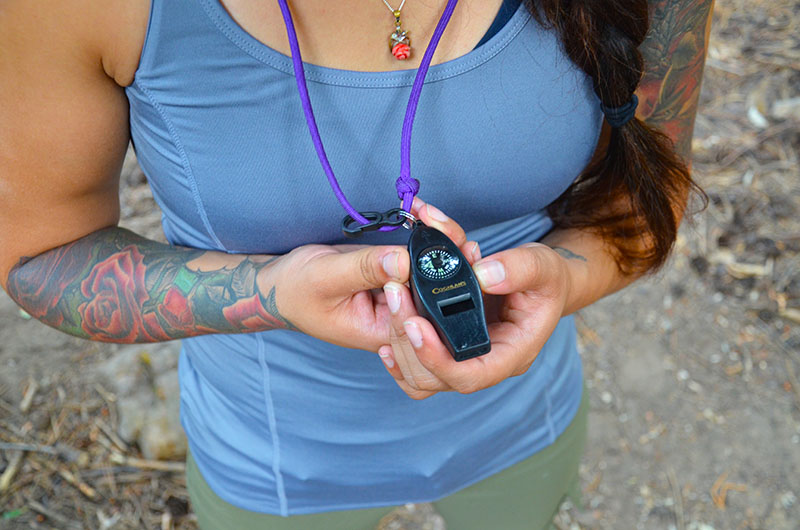
Backpacking takes a bit more preparation than camping. You’ll need to get everything you need into one pack — and be able to carry it. Plus, you’ll need to research the area and trail to make sure you’re prepared and don’t end up in a bad situation.
READ: How to Survive a Wilderness Emergency
Start by deciding on a trail and getting to know your route. Apps like AllTrails and Gaia GPS provide route maps and reviews from other hikers. These apps are easy to use and can definitely be used to navigate, but make sure you have a back-up paper map (that you know how to read) in case, say, your phone falls in a creek. Once you have your route, do a bit of digging to see what the current trail conditions are, what the weather will be and what problems you may experience on the trail. You should also look up how much water is available on the trail, which will determine how much you should bring.
On a simple weekend hike, overpacking isn’t too big of a deal. But remember, you need to be able to carry your pack over a long distance, so stick to the essentials. Not sure what to pack for a weekend? Here’s a sample packing list:
- Map and compass
- First aid kit – bandaids, butterfly bandages, Advil, Benadryl, anti-diarrhea, antibiotic ointment, tweezers and any medications you may need.
- Food for the number of days you will be hiking plus some extra in case it takes longer than expected
- Water filtration system
- Sleeping bag and sleeping pad
- Tent or hammock
- Dry clothes for sleeping
- Synthetic or down jacket
- Stove, fuel and lighter (if you plan to cook your food)
- Headlamp
- Rain jacket or poncho
- Toiletries – sunscreen, toothbrush, toothpaste, toilet paper, hand sanitizer
- Small trash bag for food wrappers, toilet paper and any other trash. Review Leave No Trace principles if you need a refresher
- Sunglasses or a hat
If this is your first backpacking trip, you’ll definitely want to go with someone who knows what they’re doing. If this isn’t your first rodeo, you’ll still want to take precautions and if you decide to go alone, tell someone at home exactly where you’re going and when they should expect to hear back from you. If you aren’t home at the time you say you will be, instruct the person to call search and rescue. This is something you need to take seriously, and stick to the plan so you don’t trigger a false alarm—or worse, end up lost or hurt without help on the way.
Each hike listed can be done in two to two and a half days, but of course, this depends on the hiker. Evaluate your own abilities and wants, whether you’re setting out on a 15 or 40-mile hike.
Buffalo Peaks and Salt Creek Trail Loop
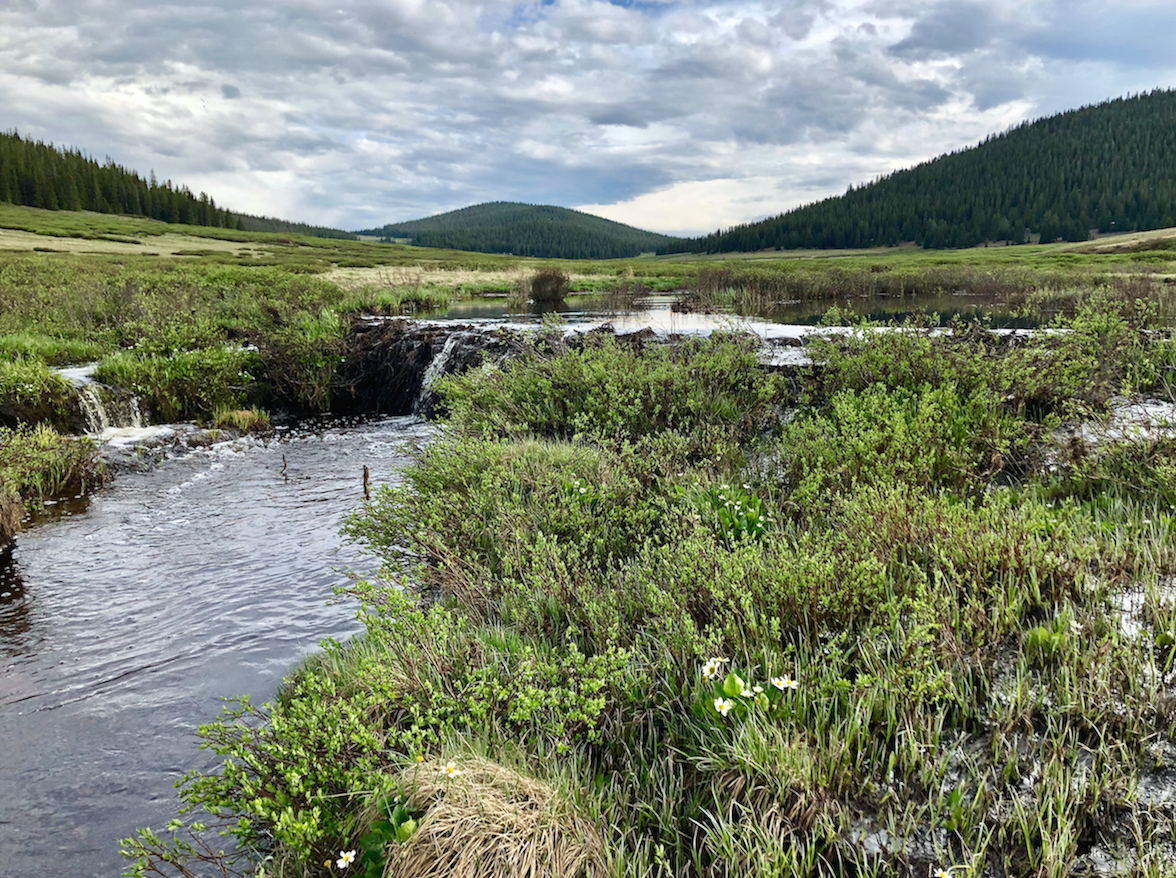
Distance: 29.4 miles
Difficulty: Easy to moderate
Location: Buffalo Peaks Wilderness
The Lowdown: This scenic trail has a few gradual climbs, but is fairly flat and perfect for a beginner backpacker — not a beginner hiker though, as the trail has a fair amount of miles. The trail begins at a popular trailhead, then winds through creeks and wetlands, becoming more secluded. There are plenty of pre-established camp spots, great views, and huge groves of aspens to keep you in awe.
Lost Creek Wilderness Loop
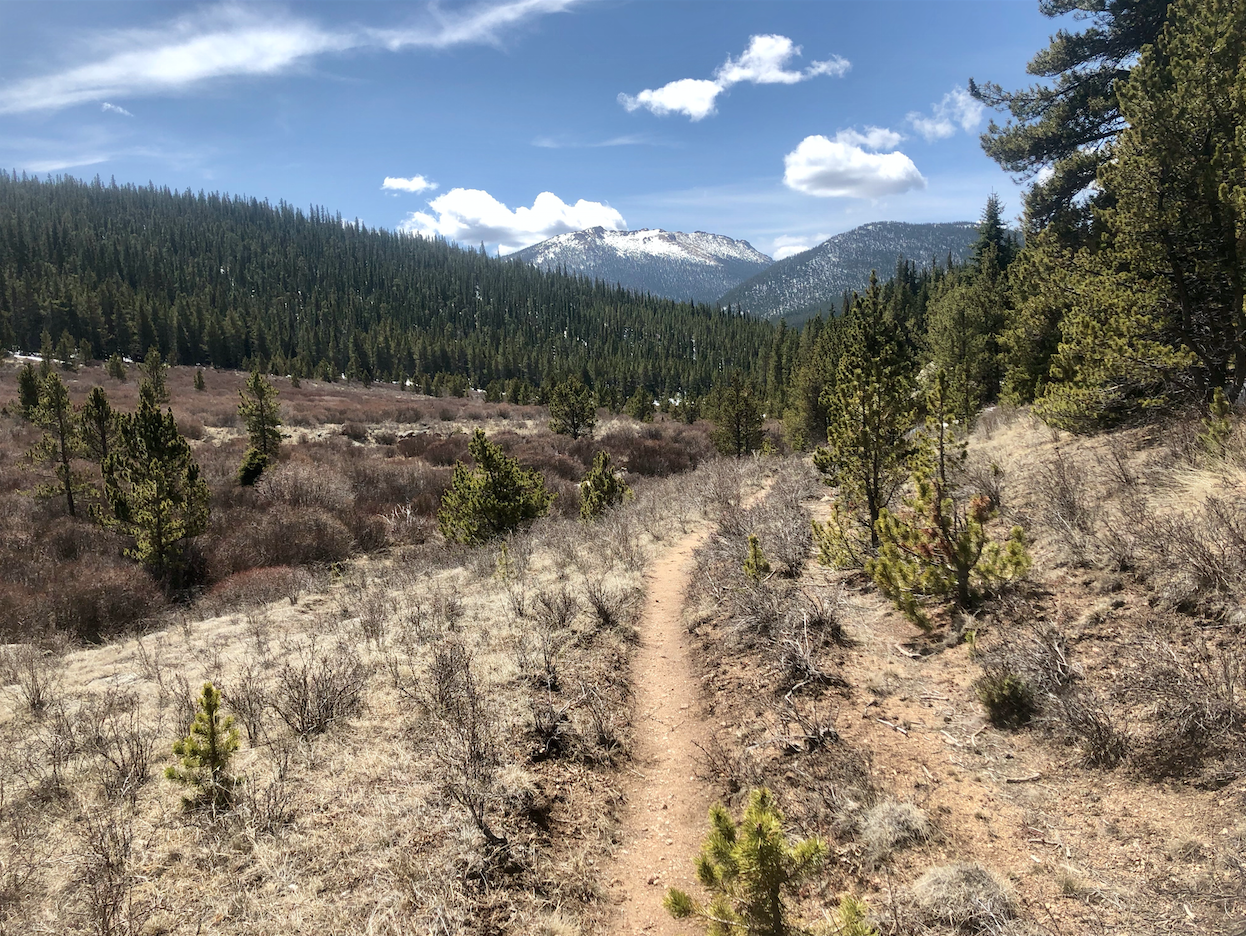
Distance: 27.7 miles
Difficulty: Moderate
Location: Lost Creek Wilderness
The Lowdown: One of the more underrated hiking areas, the Lost Creek Wilderness should not be overlooked as a perfect backpacking destination. This trail starts at a campground and follows a bubbling creek with plenty of picturesque, tiny waterfalls. Then, once the day hikers fall off the trail, elevation picks up. The trail’s high point is at 10,900 feet on the Brookside McCurdy Trail portion. Note that you may get wet as there are several stream crossings.
Devil’s Thumb Pass and King Lake Trail
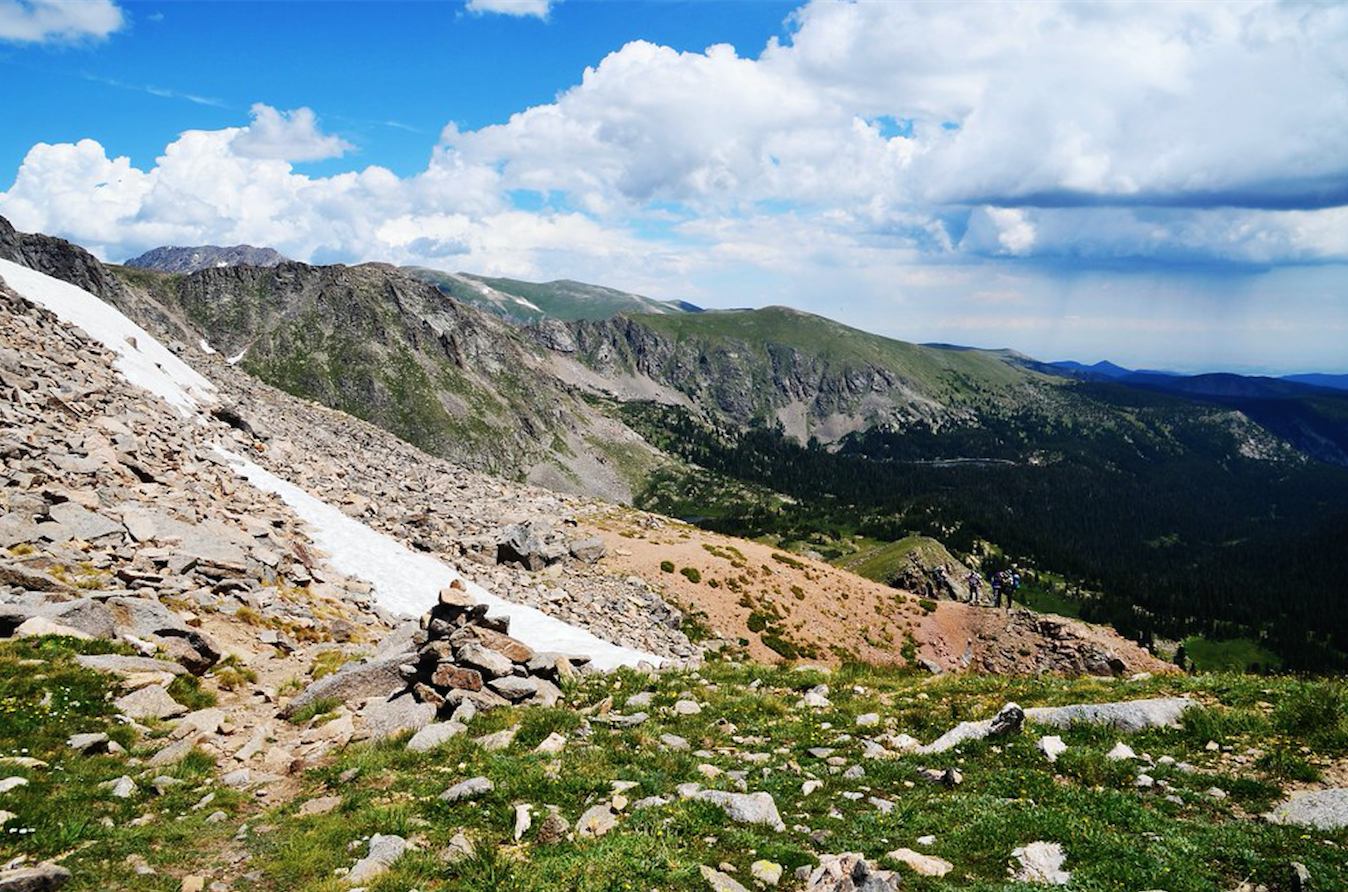
Distance: 15 miles
Difficulty: Moderate to difficult
Location: Indian Peaks Wilderness
The Lowdown: Don’t let the shorter distance of this trail fool you—this is a difficult one and may take longer than you’re used to due to steep elevation gain. Of course, the incredible views of alpine lakes and the Indian Peaks make it all worth it. Keep in mind that snow may be present well into the summer, so make sure to bring your microspikes.
Colorado Trail Segment 11

Distance: 20.4 miles
Difficulty: Moderate
Location: San Isabel National Forest
The Lowdown: This wouldn’t be a Colorado backpacking trail list without the Colorado Trail. Twin Lakes is one of the most beautiful areas in Colorado, making it our favorite segment of the Colorado Trail. The trail winds alongside Mount Harvard and Mount Massive, and of course, follows the edge of the Twin Lakes. If you’re feeling extra adventurous, the summit of Mount Harvard is accessible from the trail. Make sure to bring two cars as this is a point-to-point trail.
Maroon Bells-Snowmass Wilderness Loop

Distance: 29.1 miles
Difficulty: Difficult
Location: White River National Forest
The Lowdown: This trail is definitely for the experienced backpacker, especially if you’re aiming to do it over the weekend, but there’s a reason it’s on every Colorado hiker’s bucket list. The loop climbs over four mountain passes — West Maroon at 12,500 feet, Frigid Air at 12,415 feet, Trail Rider at 12,420 feet and Buckskin at 12,500 feet. You’ll pass fields of wildflowers, alpine lakes, and of course, sweeping views of the “purple” Maroon Bells —especially if you catch them at sunrise or sunset. Note that current conditions for this trail predict it will be clear of snow in late July, so plan your trip accordingly.
Cascade Creek Trail to Mirror Lake and Crater Lake
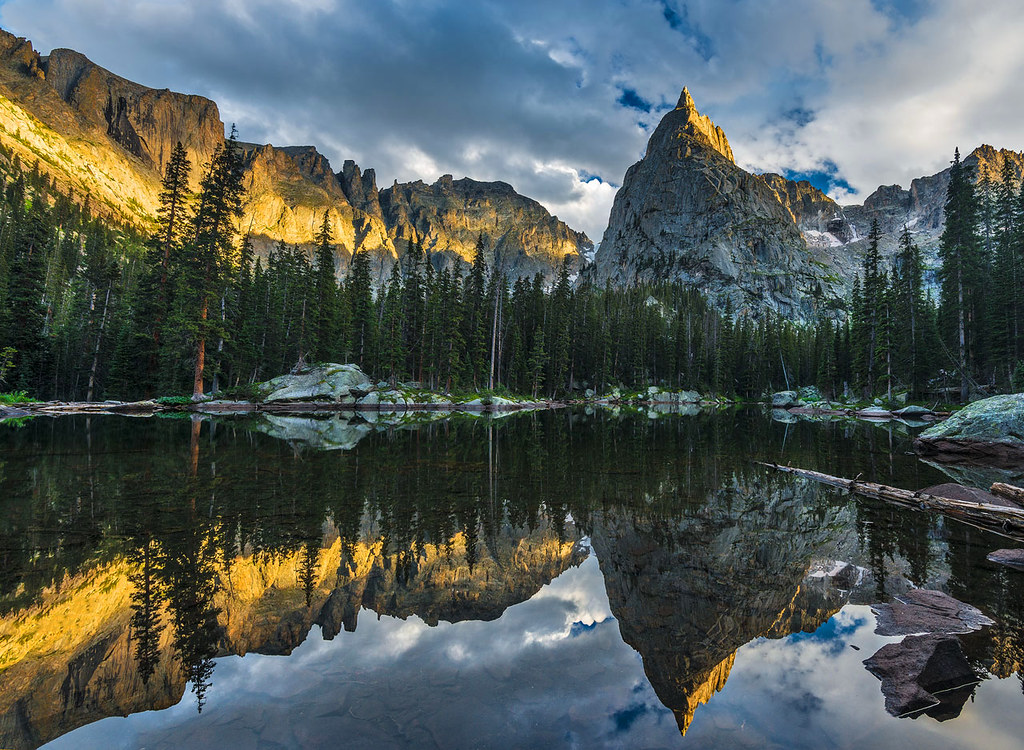
Distance: 14.6 miles
Difficulty: Moderate
Location: Arapahoe National Forest
The Lowdown: If you’re looking for unique features, this is your trail. The Cascade Creek Trail features several pristine, alpine lakes that are set in deep basins, with craggy mountains rising on all sides. Most prominent are the views of Lone Eagle Peak, one of the most iconic mountains in Colorado. There are campsites all along the way, so don’t be disappointed if the campsites by the lakes are reserved.
Willow Lakes via Rock Creek Trailhead
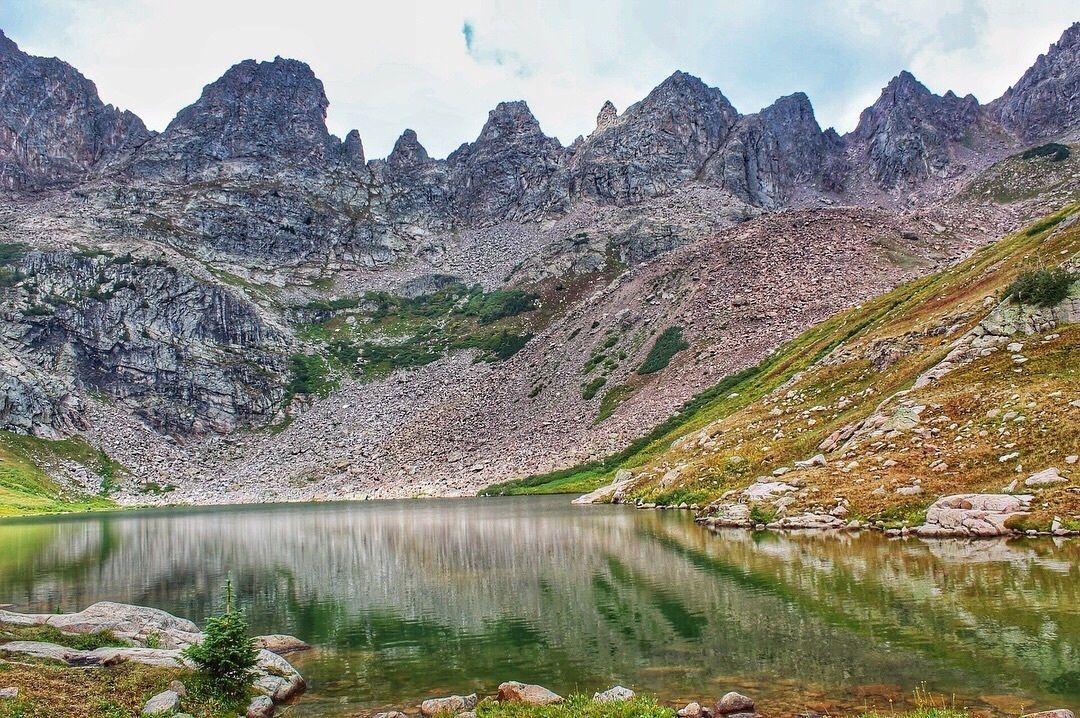
Distance: 17.4 miles
Difficulty: Moderate
Location: Eagles Nest Wilderness
The Lowdown: There’s a lot of rolling ups and downs on this hike, but there’s a lot to see. The trail passes several lakes and lily-covered ponds, creeks, meadows of wildflowers, and if you’re lucky, a mountain goat or two. This is a great trail for when you want the benefits of good views and close proximity to Denver without climbing over giant, unforgiving passes.





